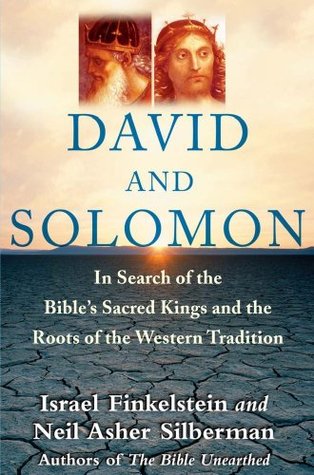More on this book
Kindle Notes & Highlights
Read between
August 9 - August 11, 2018
O altar, altar, thus says the Lord: “Behold, a son shall be born to the house of David, Josiah by name; and he shall sacrifice upon you the priests of the high places who burn incense upon you, and men’s bones shall be burned upon you.” (1 Kings 13:2)
Most biblical scholars agree that Chronicles (a single work of two books) was written in Jerusalem Temple circles, but the precise time of its composition is less clear. Since it mentions the edict of Cyrus about the rebuilding of the Jerusalem Temple in its closing verses, it must have been written after 539 BCE. Another clue places it still later: a reference to the Persian coin called the daric in connection with contributions to the Temple (1 Chronicles 29:7) could not have been written before the initial minting of that coin during the reign of Darius, in 515 BCE. Estimated dates for its
...more
All critical or unflattering stories about David and Solomon have been intentionally and selectively omitted.
The material added by Chronicles—which does not appear in the Deuteronomistic History—deals almost exclusively with the Temple and its personnel.
In short, the books of Chronicles put the emphasis on the most Judahite figure, David; the most Judahite city, Jerusalem; and the most Judahite institution, the Temple, in order to show that the Samaritans’ attempts to usurp the traditions of Israel are folly.
The close correspondence between the title “Son of David” and the act of healing suggests an original identification of Jesus of Nazareth as an embodiment of Solomon’s exorcistic personality.
The biblical authors report in 2 Kings 9:14–27 that Jehoram and Ahaziah had indeed died at the same time, but they ascribed their deaths to an entirely different cause—not Hazael, but a violent coup d’etat by the Israelite general (and later king) Jehu. Biblical historians rationalized the discrepancy by suggesting that Jehu was merely a vassal of Hazael. But something far more complex seems to be involved here—and once again it concerns the tension between historical reality and biblical myth.


